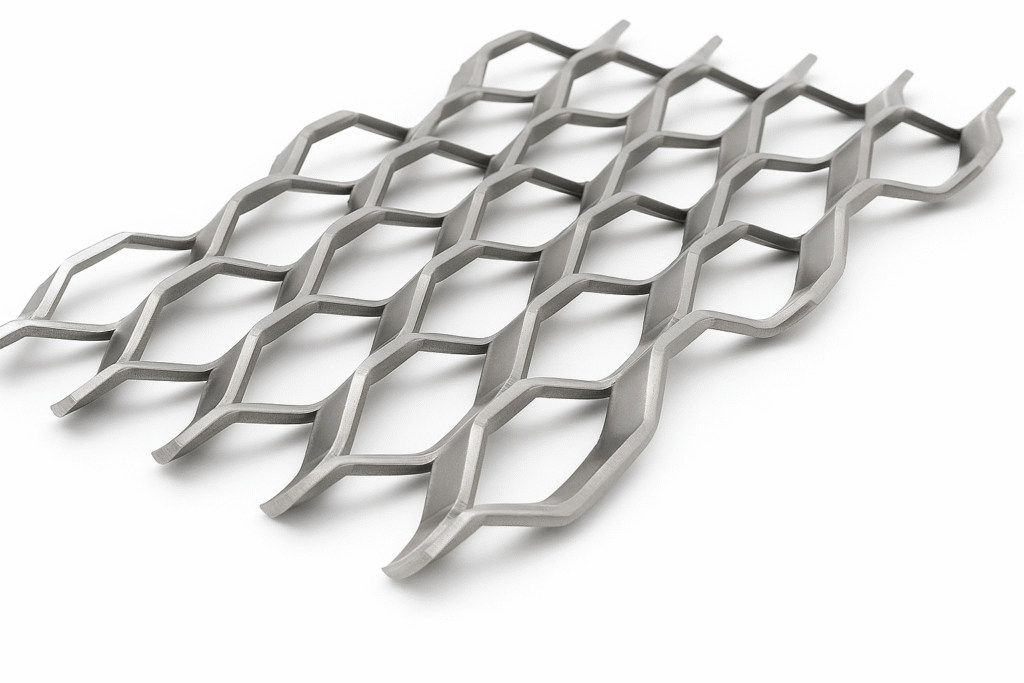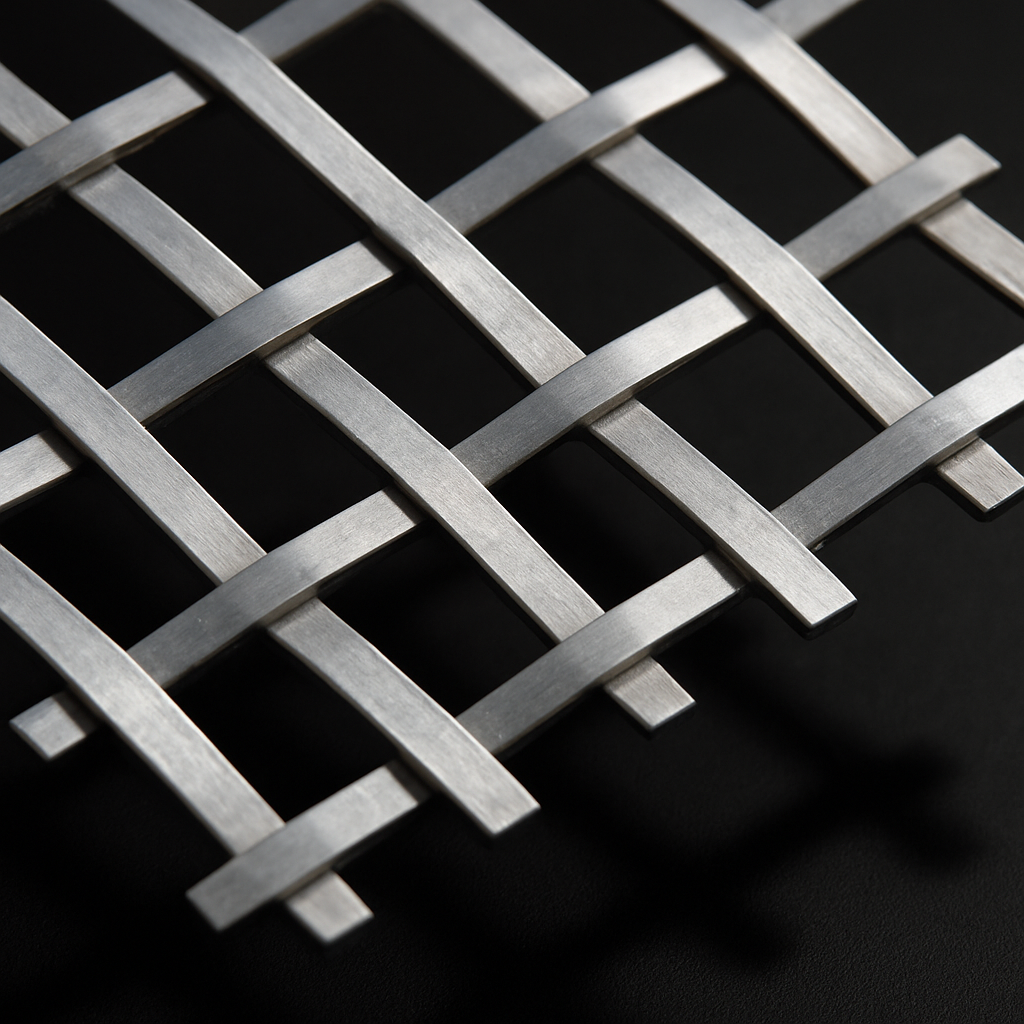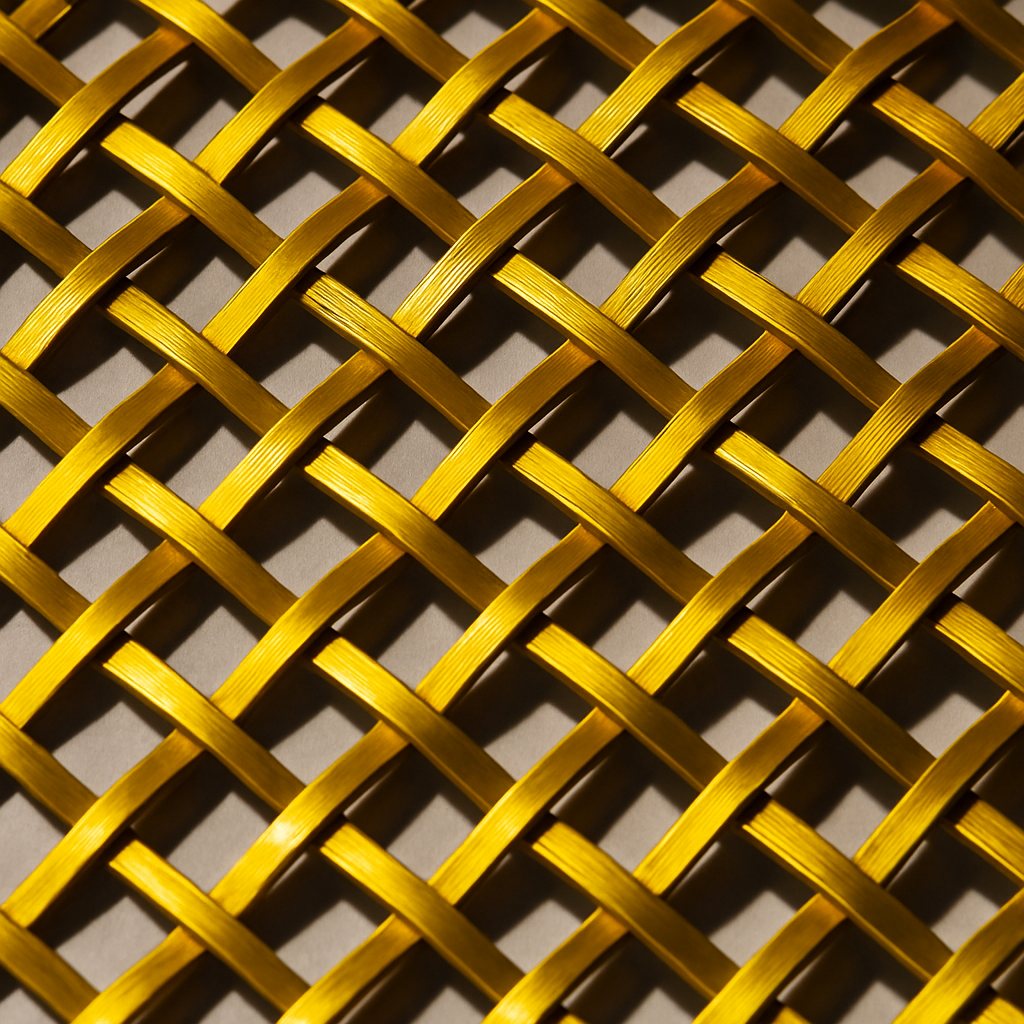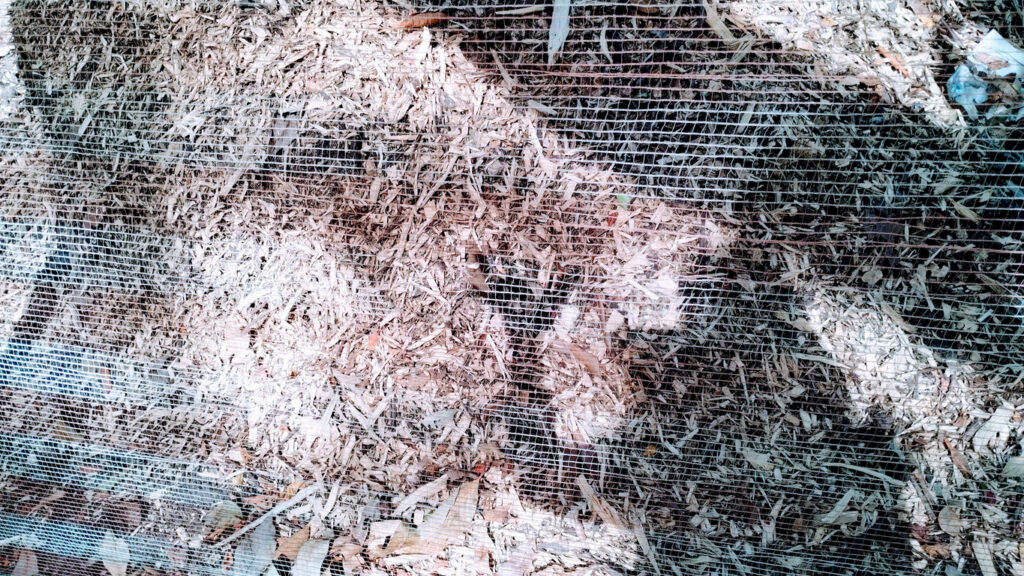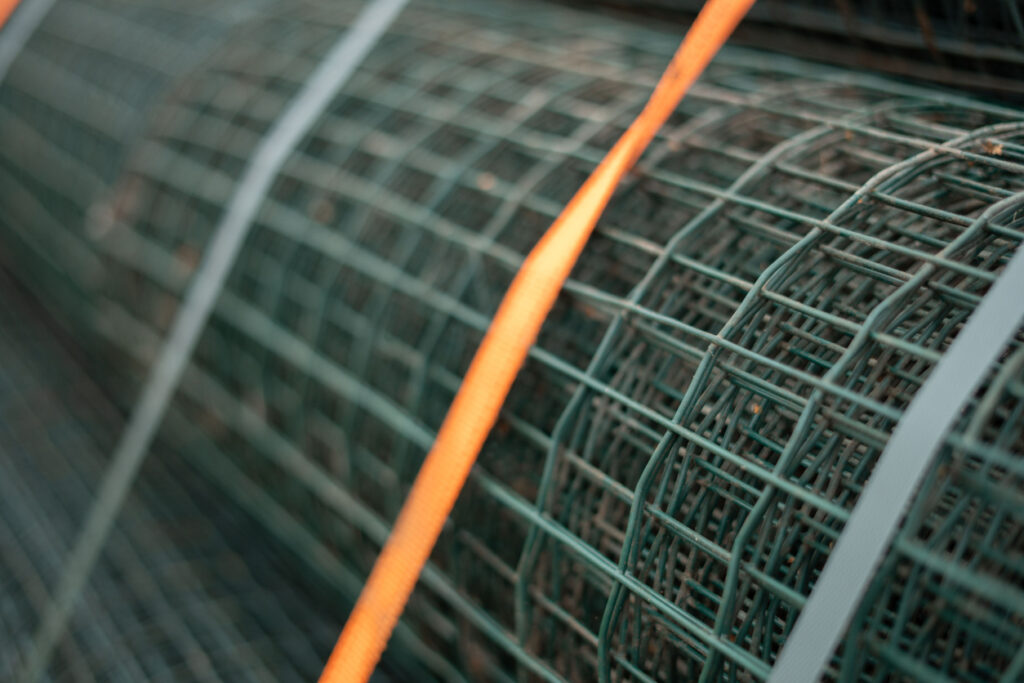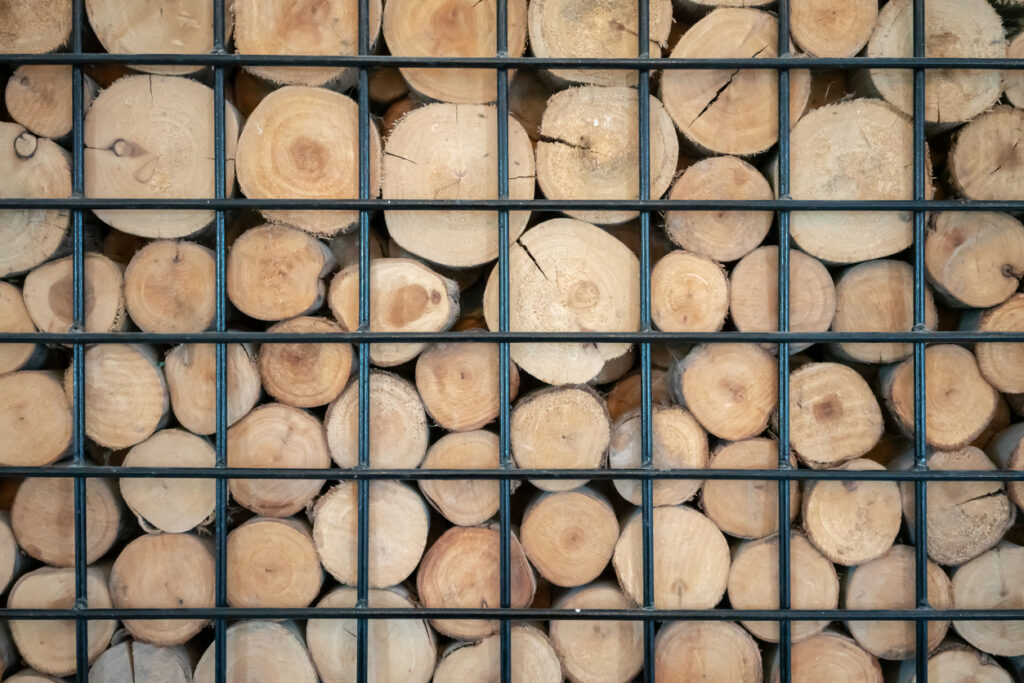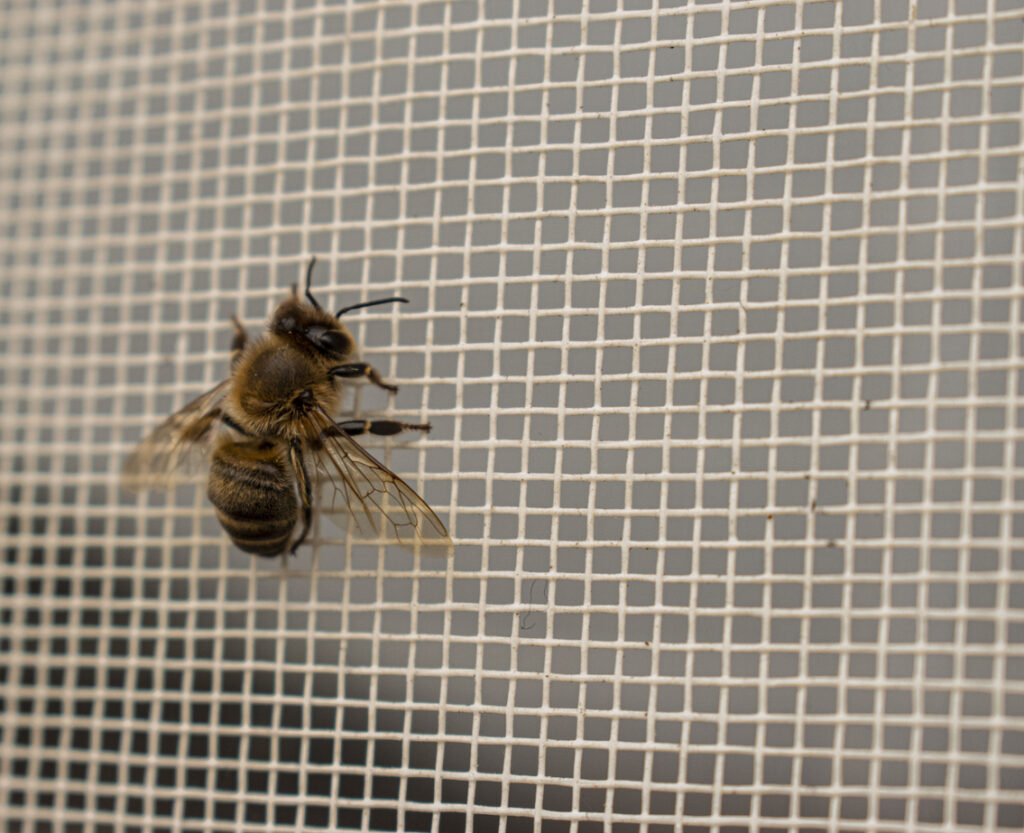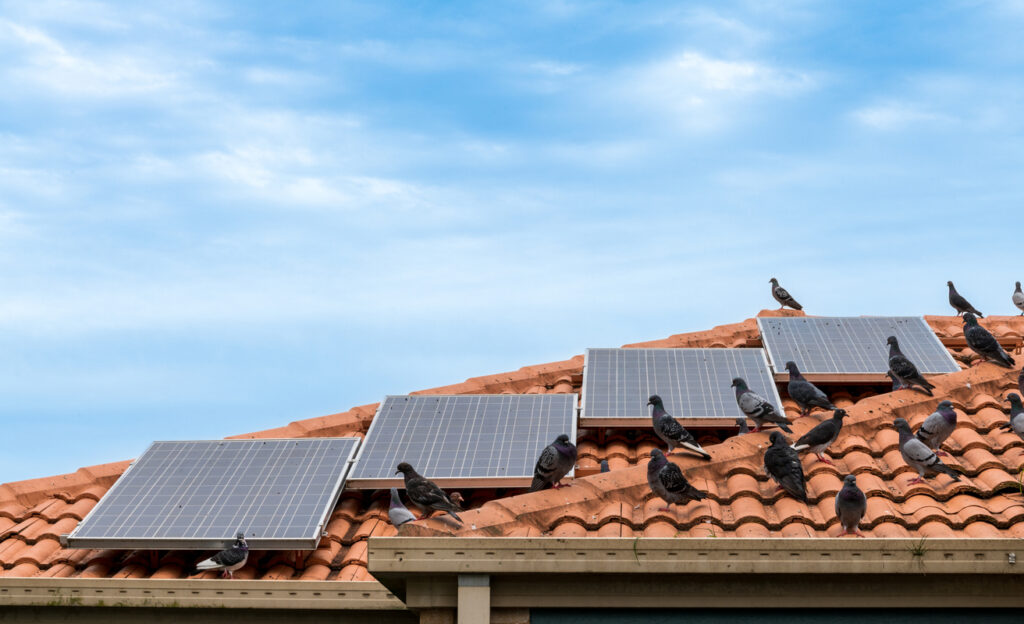








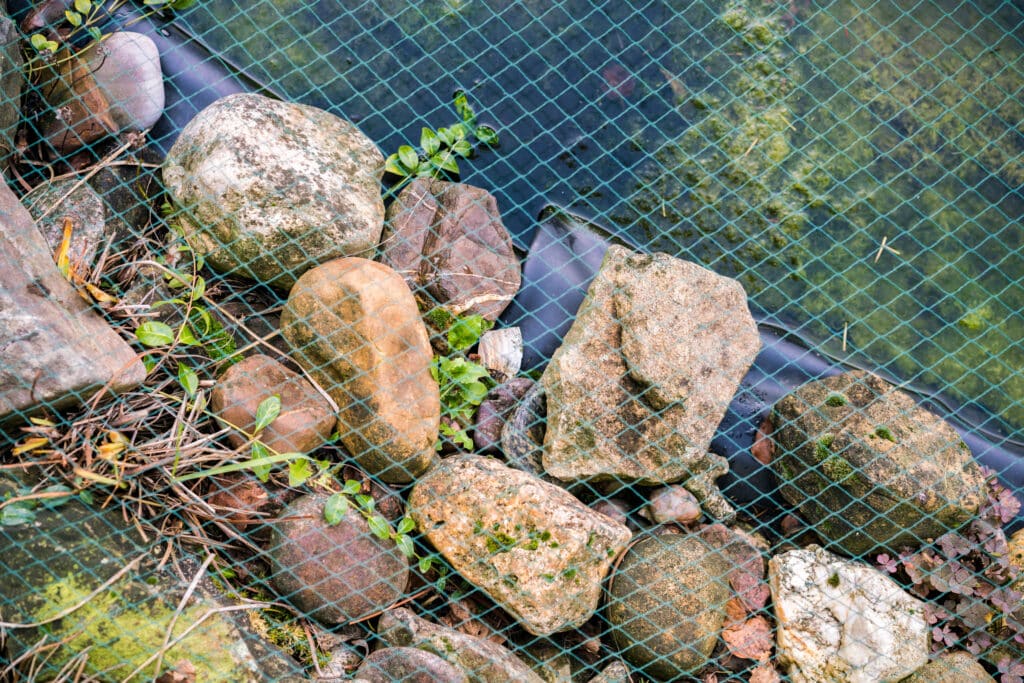
If you’re an avid gardener, you know the pride and satisfaction that comes from growing your own vegetables.
But along with the pleasure of having a garden comes the responsibility to protect it from pests, birds, and other animals. It is a constant of owning an outdoor space.
In this article, we will discuss why it’s important to use garden netting in your vegetable garden and how to choose the right type of netting for maximum protection.
We will also give a quick guide on how to use chicken wire to build a trellis. And more…
Let’s get into it….
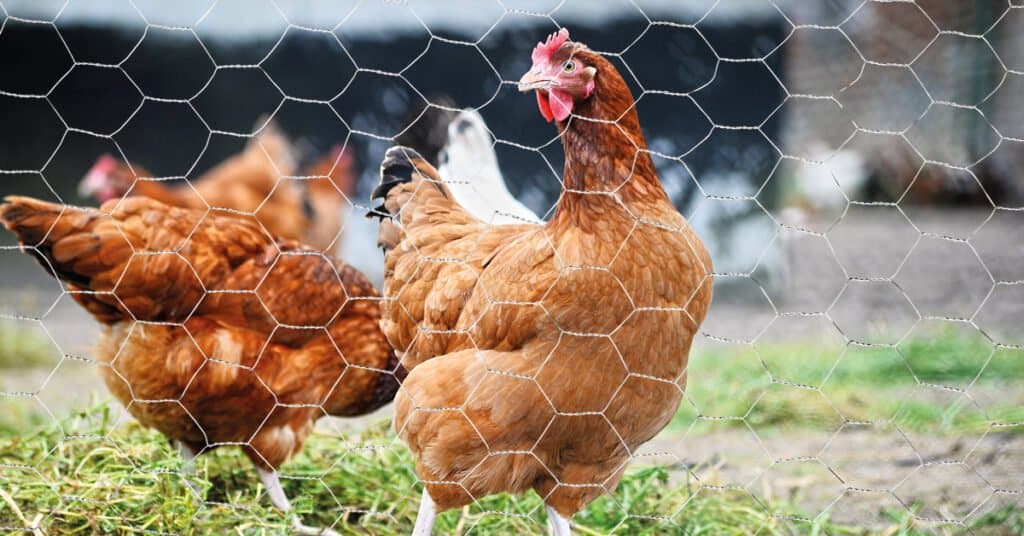
The Mesh Company garden netting is a great way to protect your vegetable garden from hungry pests, birds, rabbits, squirrels and other animals.
Our chicken wire can be used as a form of trellis or support for climbing plants or vegetables such as cucumbers and tomatoes.
The most common types of netting are chicken wire and bird netting. We offer both…
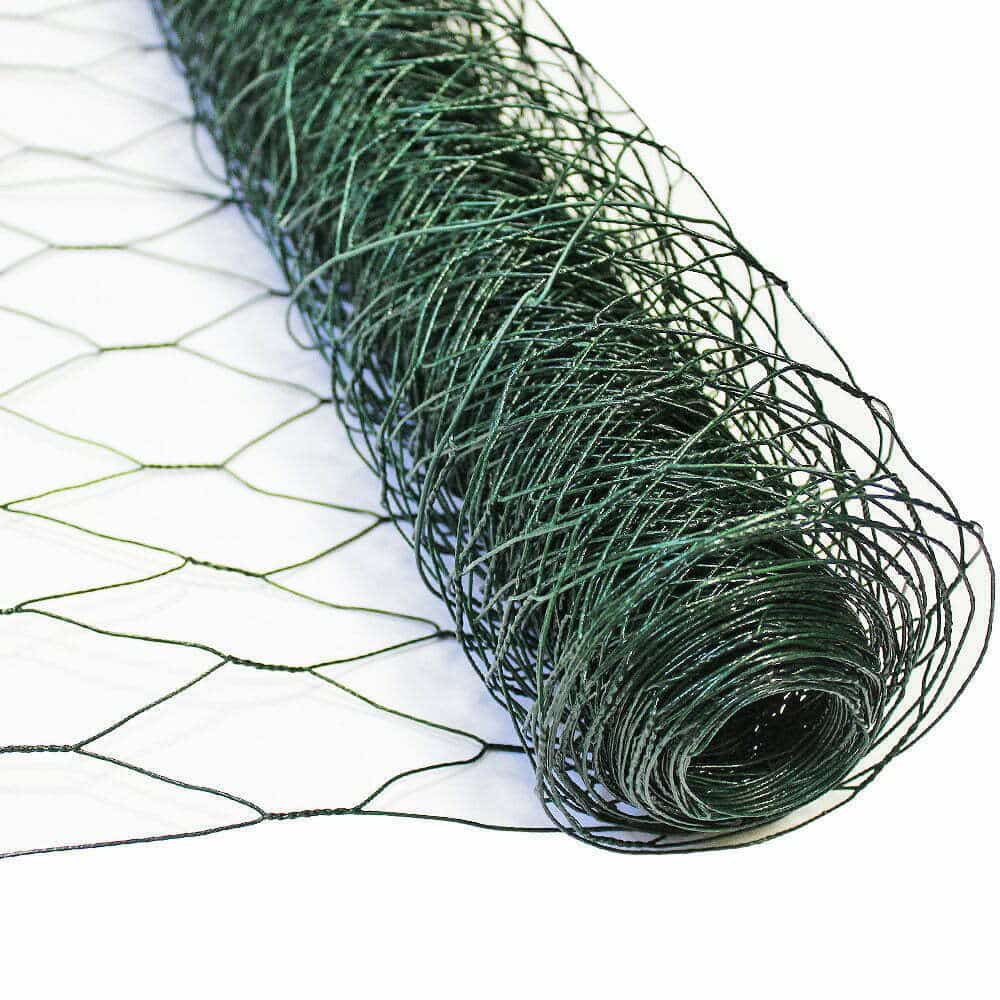
Chicken wire is a great option for protecting your vegetable garden from pests.
This type of netting has small openings that create an impenetrable barrier against larger animals while still allowing air flow and visibility. It is the stronger garden mesh option of the two.
It is also great at making barriers for wind as it can be used as a windbreak to protect plants from damage caused by strong winds. Simply attach the wire mesh to stakes or other support structures to create a barrier that will deflect wind away from your plants. Easy.
Green PVC chicken wire can also be used to create a visual barrier in your garden. The colouring helps to separate different areas or creating a privacy screen. By covering the mesh with vines or other similar plants, you can create a natural and attractive garden feature.
We recommend these standard options. Galvanised steel is grey in colour, whereas Green PVC is, as the name suggests, a rich green colour.
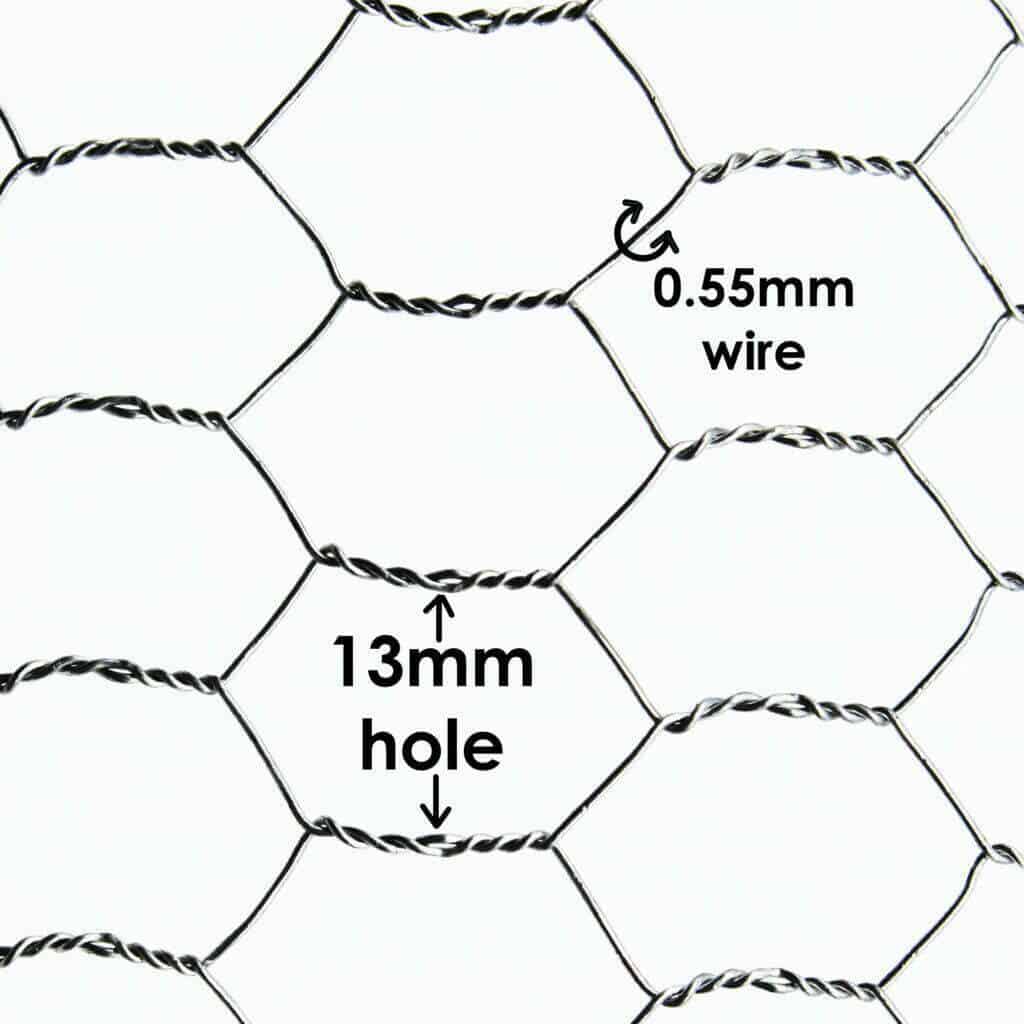
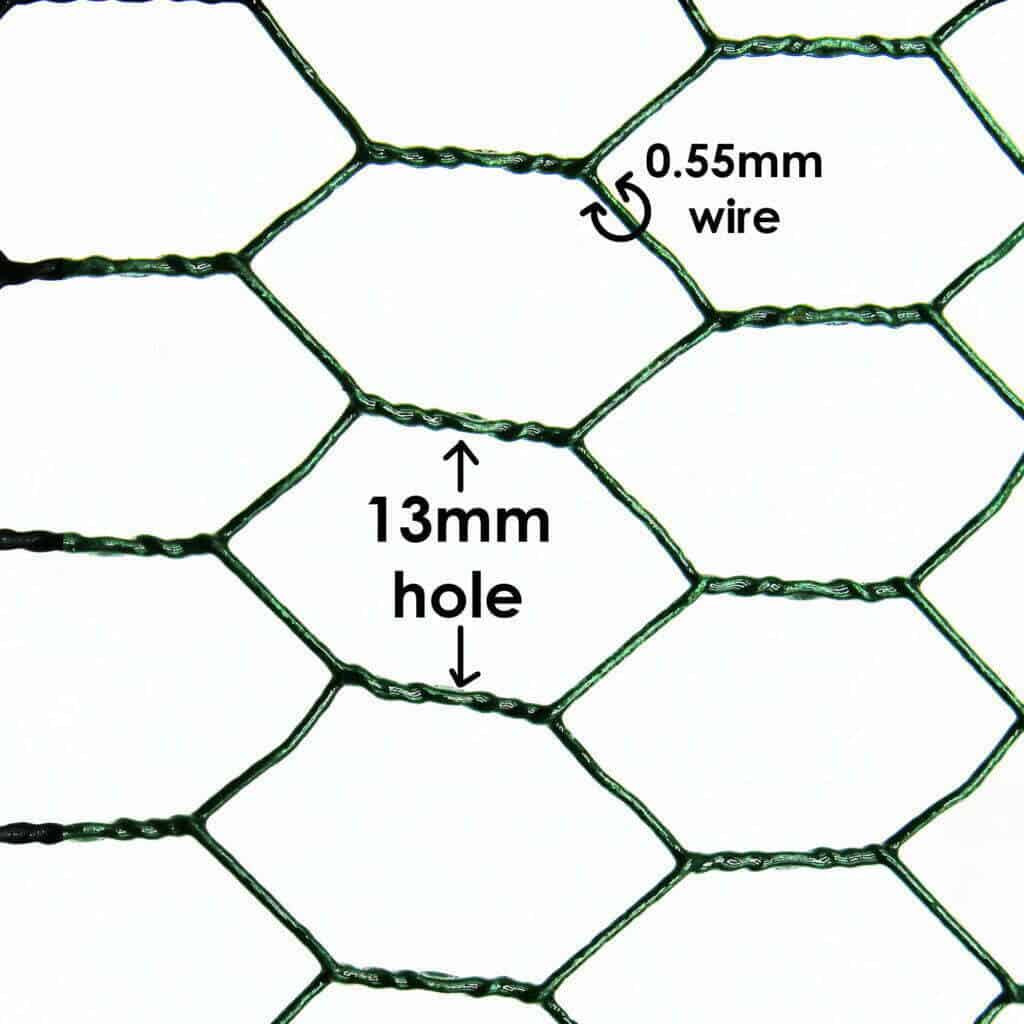
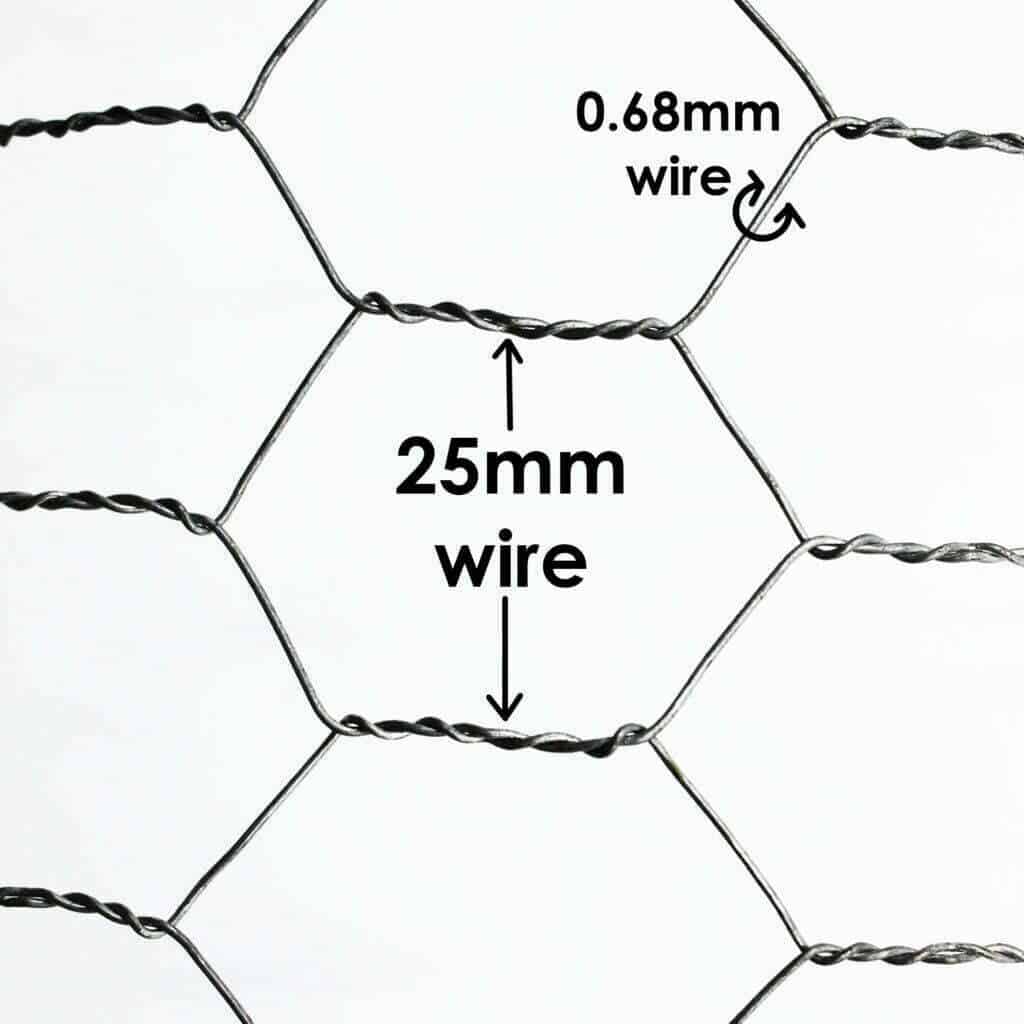

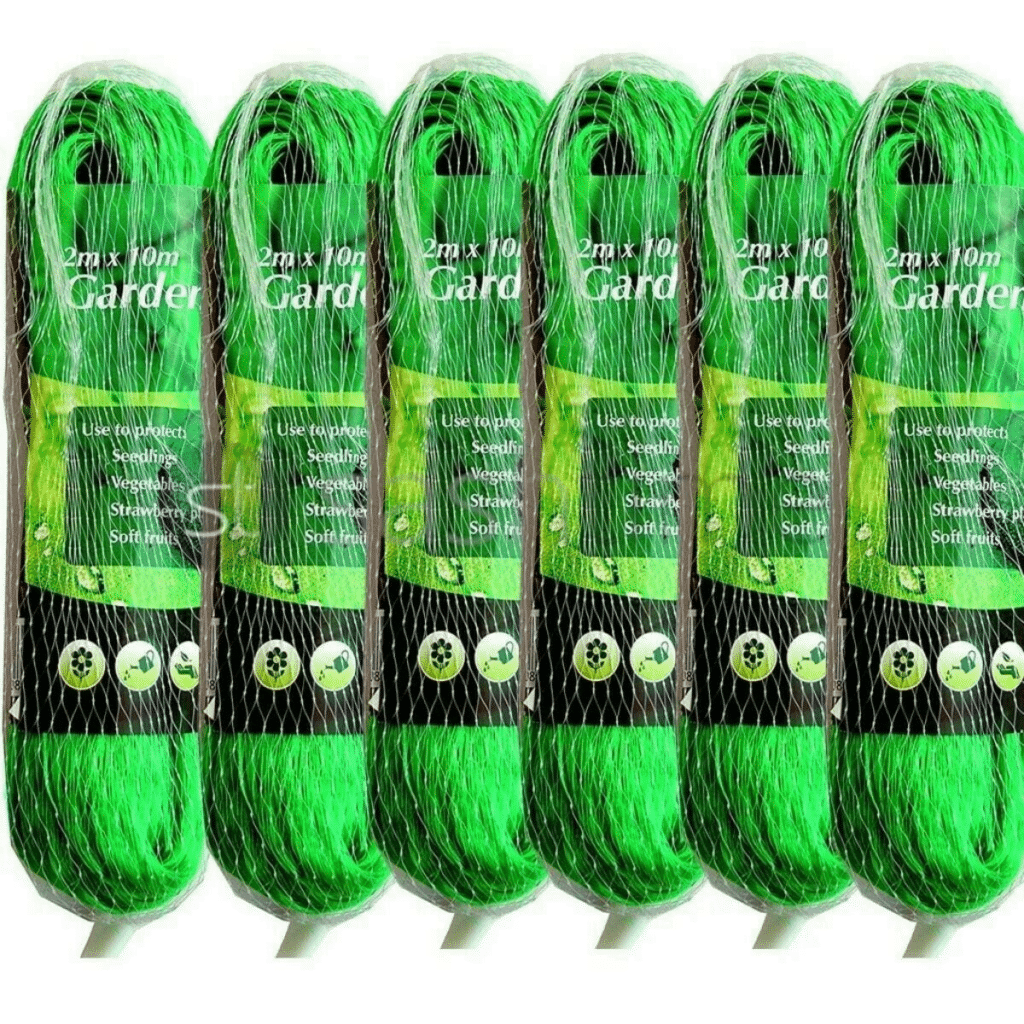
Bird netting is a ubiquitous selection for protecting vegetable gardens from birds.
This type of netting has much smaller holes than chicken wire which makes it very hard for birds to get through.
Bird netting also offers more flexibility since it can be draped over any area without needing extra supports or structures like our chicken wire does. It is also a humane solution because it is non-toxic and safe for birds and other wildlife.
However, bird netting can be less durable than some other forms of protection so if you live in an area where there are high winds or heavy rainstorms you may want to consider something tougher (like chicken wire).
We often get asked to supply a garden netting to be used a trellis. We always advise that chicken wire is the way to go.
Here are the steps to follow:
Determine the size and shape of your trellis: Before you start, decide how large and what shape you want your trellis to be. This will help you determine how much chicken wire you will need. Choose the more rigid 13mm mesh if you want to cover a large area.
Choose a sturdy support structure: You will need to attach the chicken wire to a support structure, such as a fence or a series of posts. Make sure the structure is sturdy enough to support the weight of the plants and the trellis. As a general rule of thumb, posts should be spaced no more than 120cm apart for lightweight plants and 90cm apart for heavier plants.
Cut the chicken wire to size: Using wire cutters, cut the chicken wire to the desired size and shape of your trellis. Be careful. The mesh may become sharp when you cut along the apertures of the mesh.
Attach the chicken wire to the support structure: Use garden tying wire to attach the chicken wire to the support structure. Staples or cable ties may also do the job, depending on your designs.
Train your plants: Once the chicken wire is in place, start training your plants to grow up and around the trellis. This guide is a really helpful read. Training your plants may involve tying the plants to the wire or gently weaving them through the openings in the mesh.
Easy.
Whether you need mesh to protect your vegetables, or to grow your plants, we have the material for you.
With these tips in mind, you’ll be able to pick the right type of garden netting for your needs.
For more information on which type might be best suited for your application please reach out to our experts today!
As always, thank you for checking out our blog. We hope that this helps you with your project. We try to launch a couple of new guides every week. Eventually we will have covered everything there is to cover about mesh.
You may be interested in our blog that explores how to build a chicken coop.
Our goal for our blogs and help guides is to answer as many questions as possible to help to explain the possibilities of mesh to our customers.

